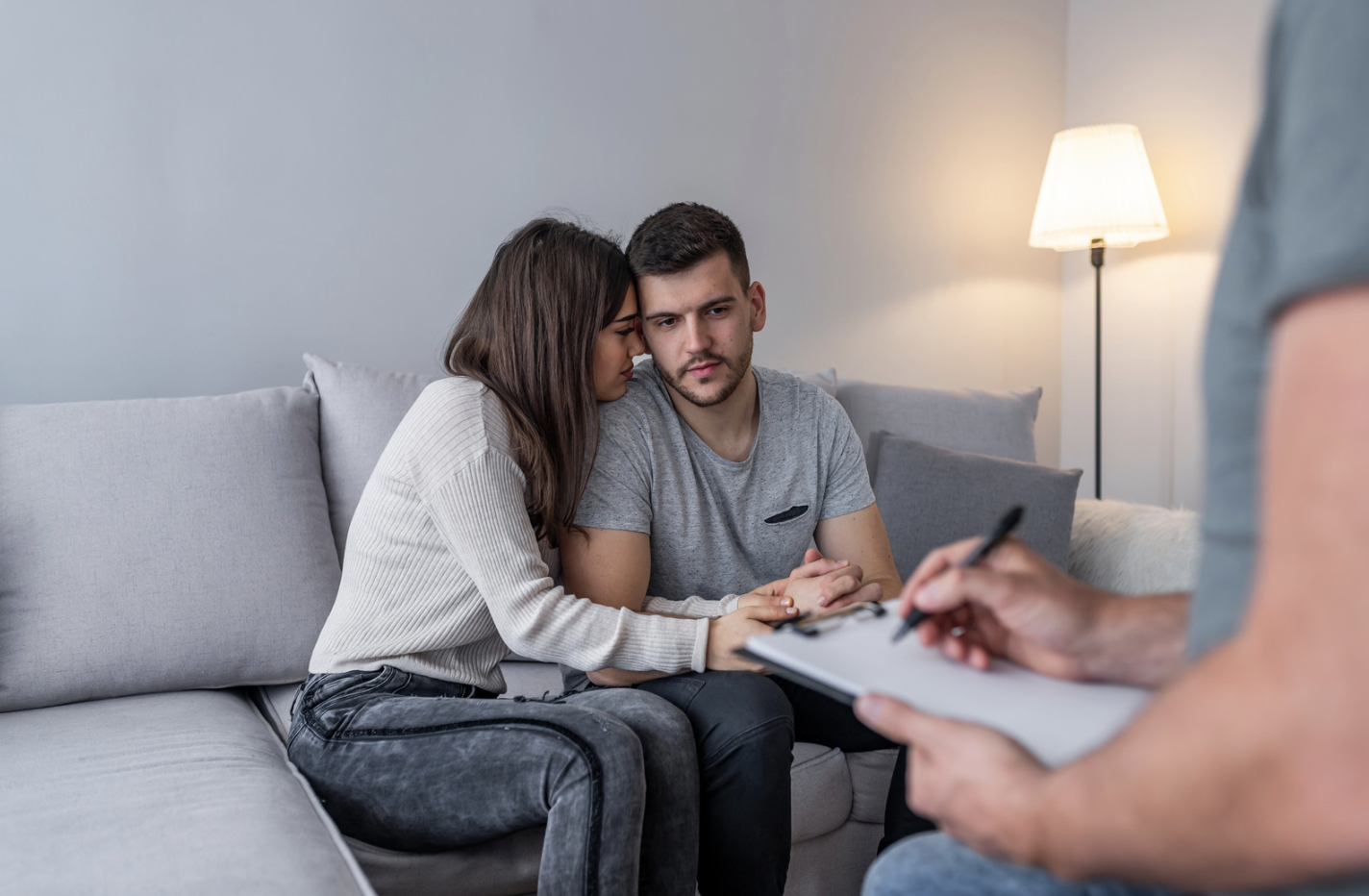Anxious Attachment in Relationships: When “Too Close” Never Feels Close Enough
Ever feel like you need constant reassurance in your relationships? Like, no matter how much attention or love you’re getting, it’s never quite enough? If that sounds like you, welcome to the world of anxious attachment. But don’t worry—there’s a way out, and we’re here to help break it down.
What is Anxious Attachment?
Anxious attachment develops when early relationships with caregivers were inconsistent. Maybe your caregivers were there for you sometimes, but other times they weren’t. This unpredictability can create a sense of uncertainty that carries into adult relationships, where the constant fear of being abandoned or rejected takes center stage.
People with anxious attachment often need reassurance (and lots of it). They may constantly worry that their partner doesn’t love them or isn’t as invested in the relationship. Spoiler alert: This can be exhausting, not just for you, but for your partner too.
How Anxious Attachment Shows Up in Relationships
If you have an anxious attachment style, you might recognize some of these behaviors in yourself:
• You crave closeness—sometimes a little too much: You want to be connected, like all the time. If your partner is emotionally distant or physically unavailable, it might send you into a spiral of anxiety.
• You overanalyze everything: Did they text you a little later than usual? Did they sound “off” on the phone? You’re constantly on high alert for signs that something might be wrong.
• Reassurance is your lifeline: You need your partner to confirm (and re-confirm) that they care about you. Without this, you can feel insecure or anxious.
• Conflict feels catastrophic: A small argument might feel like the end of the relationship. You might worry that any disagreement is a sign that they’re going to leave.
Sound familiar? It’s exhausting, and it can create tension in the relationship because you’re looking for constant reassurance that your partner might not always know how to give.
The Reality of Anxious Attachment
Let’s be real—being anxious attached isn’t fun. But here’s the thing: It’s not a life sentence. Recognizing that you have this attachment style is the first step toward making changes. And the best news? You can move toward more secure attachment patterns with a little work.
How to Move Toward Security
So, how do you make the leap from anxious to secure attachment? It starts with understanding your patterns and working through them:
• Self-soothing is key: Learn how to calm yourself down when you start feeling anxious. Whether it’s through mindfulness, journaling, or just taking a moment to breathe, learning how to comfort yourself is a big step.
• Challenge your thoughts: When you catch yourself spiraling into worry, ask yourself if your thoughts are based on reality or fear. Are you really in danger of being abandoned, or is your mind jumping to conclusions?
• Communicate (without overloading): While it’s important to talk about your feelings, try to balance your need for reassurance with understanding your partner’s needs too. Communication is key, but so is managing your own anxiety.
• Therapy can help: Working with a therapist can help you dig into why you’re feeling this way and how to develop healthier attachment patterns. Therapy is a game-changer when it comes to breaking the anxious cycle.
Why Anxious Attachment Matters
Understanding anxious attachment isn’t about beating yourself up for needing reassurance—it’s about recognizing the patterns and taking steps toward healthier connections. With some work, you can move toward more secure relationships, where you feel valued and confident without constantly worrying about being left behind.

